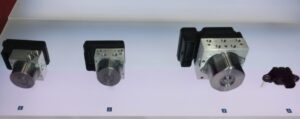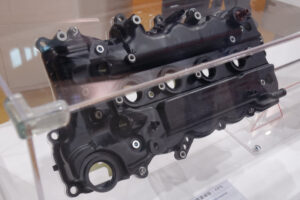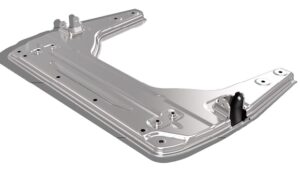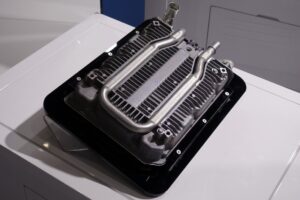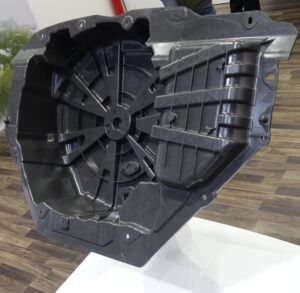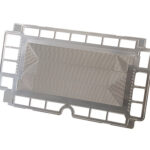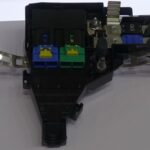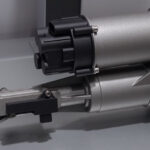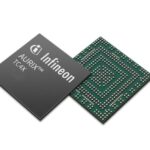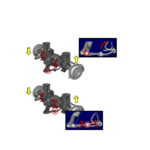The collaboration between Goodyear and Studio 397 brings an authentic, immersive and data-driven experience to esports drivers via the rFactor 2 physics model. Design engineers from Goodyear have had a key role in building the tyre model from the ground up.
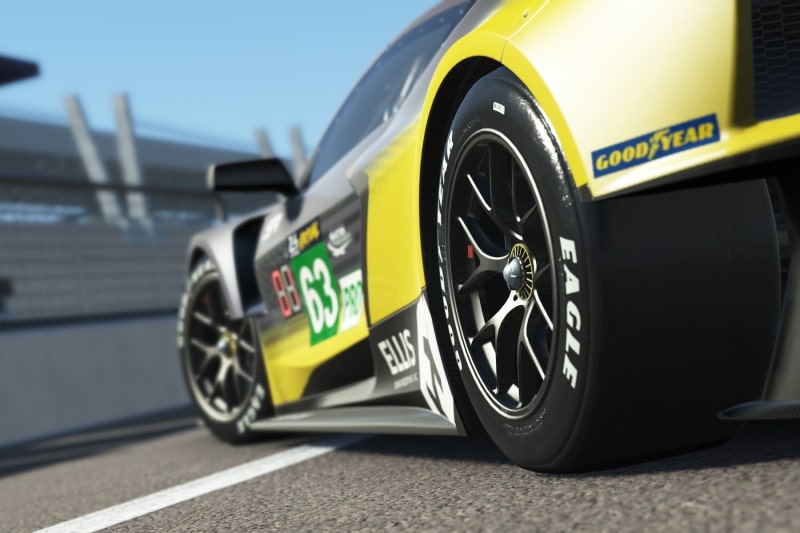
Goodyear has 14 overall wins in the 24 Hours of Le Mans and is currently the official tyre supplier to the LMP2 category in the FIA World Endurance Championship. In the European Le Mans Series, both the LMP2 and LMGTE categories are supplied exclusively by Goodyear. Significantly, these are the two categories that also compete in the virtual series, making the relationship between esports and track even stronger.
The collaboration between Goodyear and Studio 397 brings an authentic, immersive and data-driven experience to esports drivers via the rFactor 2 physics model. Design engineers from Goodyear have had a key role in building the tyre model from the ground up.

Goodyear’s endurance racing pedigree makes it the ideal partner for bringing the ups and downs of Le Mans to the virtual world. Goodyear has 14 overall wins in the 24 Hours of Le Mans and is currently the official tyre supplier to the LMP2 category in the FIA World Endurance Championship. In the European Le Mans Series, both the LMP2 and LMGTE categories are supplied exclusively by Goodyear. Significantly, these are the two categories that also compete in the virtual series, making the relationship between esports and track even stronger.
The accumulation of having real FIA specification tyre options for Le Mans Virtual, and having tracks that replicate conditions experienced in real life, means esports drivers are faced with identical strategic dilemmas to their real-life counterparts racing in the 24 Hours of Le Mans.
Just as in the real world, tyre wear, temperature and pressure are crucial to getting a competitive edge in the Le Mans Virtual Series. As the simulation continues to enhance and develop the core tyre physics, teams are having to become more sophisticated to keep up with the levels of setup tuning required to be competitive. For example, tyre warmup is a critical component to gaining an edge on the competition after a pitstop. With Goodyear’s guidance, aspects such as track temperature and driver input all have a more realistic effect on the car. In the simulation, parameters for each of these are calculated to provide a dynamic virtual world.
How drivers set up and extract performance from the tyres that feature in the simulation is the same as in real life. As well as enhanced tyre modelling, Studio 397 has integrated further core developments such as heat transfer through the brakes. Tyre behaviour, feeling and progression over a race distance are quickly becoming integral parts of the overall virtual racing experience; managing tyre temperatures just after a pitstop could be the difference between getting the better of rivals or losing valuable time.
Studio 397 is able to achieve this level of realism by first taking laser scans of each track to ensure circuit proportions, elevation changes and imperfections are captured. Then, by working with Goodyear, they develop a tyre that feels, performs and wears like the real thing. This creates races that feel authentic both to those watching and competing.

